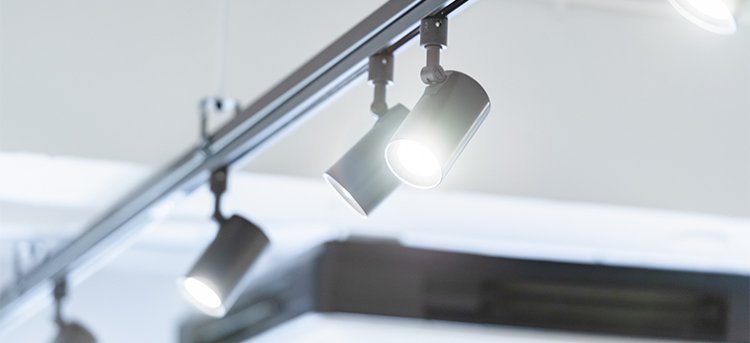The process of changing a burned-out light bulb is very straightforward. One bulb comes out, and a new one takes its place. However, if you are headed to the store to purchase a new light bulb, you could quickly become overwhelmed by all of the choices. You have the traditional incandescent, which is most likely what you had that burned out. But your replacement choices now include compact fluorescent and LED bulbs. So you are left trying to figure out which is the best choice for your home.
What Is LED?
LED stands for light-emitting diode, which clears up very little for most consumers. Diodes are tiny semiconductors that have two terminals. They allow power to move in only one direction from the anode to the cathode, producing light. There are no fragile wires or filaments inside the LED bulbs that can break. So you have far fewer worries about damaging the bulb on the trip home from the store. In addition, the diode is wrapped in plastic to add a layer of protection from the elements and help focus the produced light. Even though the diodes are very tiny, they are placed in a more traditional-looking light bulb-shaped shell for appearance and ease of installation in light fixtures.
The Big Benefit Of LEDs
One of the first pros to catch most homeowner’s attention is that LED light bulbs consume about 75% less energy than their incandescent counterparts. That translates to tidy savings on your energy bill each month. Studies have found that the average home in the United States has about 40 light bulbs in use. If all bulbs are converted from incandescent to LED, the energy savings each year will come to nearly $300.
An Added Significant Benefit
The life expectancy of LED light bulbs is far superior to incandescent bulbs. In a simple comparison, a 60W traditional light bulb was pitted against a 7W LED. These two bulbs were chosen because of their similar light production and use in identical fixtures. As you can see from the wattage, the LED uses far less electricity. But what you might not guess is that the incandescent bulb is rated to last only 1,200 hours while the LED is expected to reach 25,000 hours of service. Considering the cost of the light bulbs and the electricity to run them for 25,000 hours, the incandescent bulb’s total cost reached over $200 while the LED was just over $30. And that is for just one bulb. Considering the average household’s 40 light bulbs, the cost would reach over $8,000 for the incandescent and $1,200 for the LED.
One More Bonus
No one likes to change light bulbs. In many cases, you are climbing a ladder or struggling with a lampshade to remove the old bulb and install the new one. But when you install an LED light bulb in a fixture used about five hours each day, you will not be looking for a replacement for nearly 13 years. An incandescent bulb will not last even a single year. This makes LEDs ideal for use in the home of an elderly family member who has difficulty with maintenance tasks. Replacing all the light bulbs in a family member’s home with LEDs means that you don’t need to worry about your loved one climbing a ladder to change a bulb for over a decade in most cases.
To learn more about LED light bulbs and their benefits, call (501) 426-5624. The pros at Money Electric can assist you in selecting the correct replacement bulbs and fixtures that are perfect for LED lighting.

